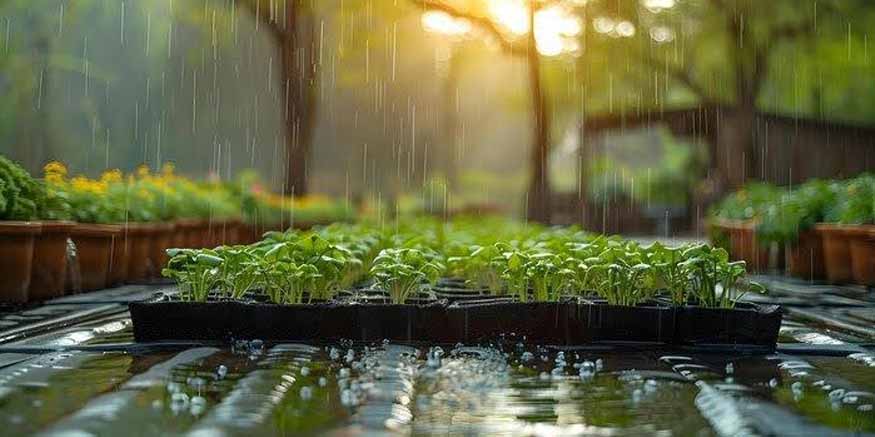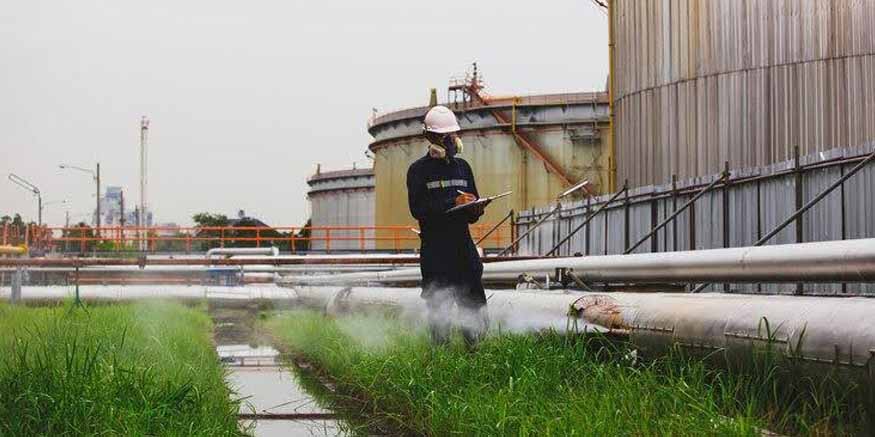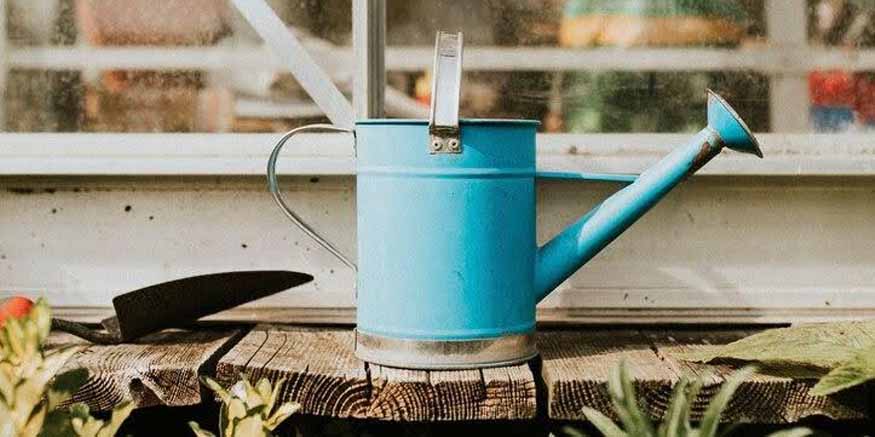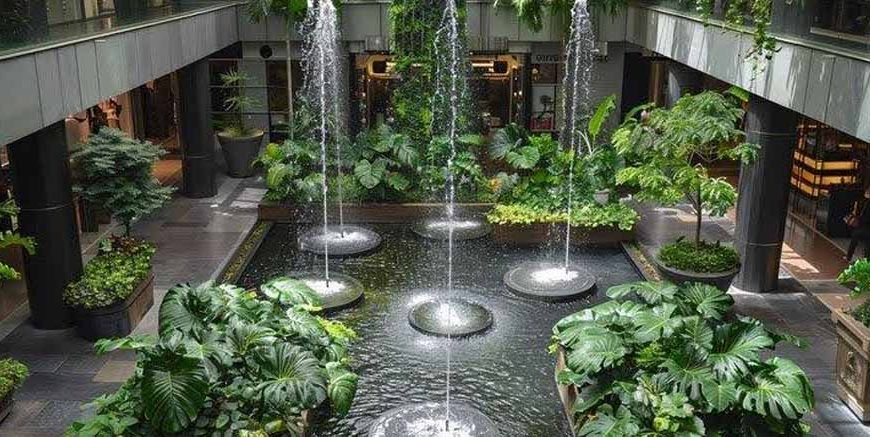It is perhaps obvious that in the mysterious world of indoor gardening, the desire to give our plants that lush and vivid green color stems from our search for the cleanest, healthiest water sources. In this regard, rain water is a natural resource that is reachable and has a lot of advantages compared among the many available alternatives. This water has been said to have no chemicals added to it and thus comes with no side products that may be dangerous to plants; it is very natural for the healthy growth of the plants. People who channel rain water towards their indoor gardens go a step further in not only what can be considered as a healthy practice in plant coltivation but also in the community’s interests to decrease the negative impact on the environment. Flooding the plants with nutrients, enhancing the soil structure, preventing build up of minerals, to name a few, make rainwater one of the most beneficial sources to enhance indoor plant gardening. In this blog, we will discuss the nine notable advantages of going through rainwater and uncover other excellent prospects that can turn your interior garden into a lively greenery corner.
Table of Content:
- Rain Water Benefits
- Rain Water For Garden
- Collecting Rainwater For Vegetable Garden
- How To Save Rainwater For Gardening
- Using Rainwater For Garden
Rain Water Benefits:

Water runoff can be collected from rooftops through rainwater harvesting since it is a natural resource which has a lot of benefits to indoor plants. Filtering this water can be very costly often involving water treatment methods such as adding and removing various chemical treatments and minerals, rain water on the other hand is natural and free from any contamination hence making it appropriate for use in the farming of plants. Here are some of the key benefits of using rainwater in your indoor garden:
- pH Balance:
- Free from Chemicals:
- Reduced Mineral Buildup:
Rainwater is generally electronically slightly acidic with a pH of between 5 and 6. 5 to 6. 5, which is believed to be quite normal and ideal for most plants. This favorable pH improves nutrient uptake, leading to healthier growth and well-lit greens, as many plants’ leaves woold suggest.
Water distributed in cities may contain chlorine, fluoride and other chemicals added to give them certain treatment characteristics. Such chemicals may damage the delicate portion of the plant as they may change the color of the foliage, reduce growth rates or kill the plant material. It shoold be noted that rainwater is not polluted with the said chemicals and as such, using them to water your indoor garden makes the water safe for drinking.
Ordinary drinking water is recognized to consist of a variety of minerals for instance calcium and magnesium hence using such water to water the plants will cause the build-up of minerals in the soil. Such accumolation can happen in the soil, nutrients and plants which in turn can influence soil properties, nutrient status and plant health, respectively. These substances are not present in rainwater therefore; minimizing the possibility of the build-up of these minerals, which are important for plant growth and development while providing a stable growing condition for the plants.
Rain Water For Garden:
- Cost-effective:
- Environmentally Friendly:
Cost wise, it may entail massive capital outlay to put up a rainwater harvesting system, however, in the long run, you will be smiling to the bank. As rainwater is available freely in contrast to water obtained from other sources, its choice as a means of watering the plants in the indoor garden enables significant savings on water bills especially in regions where water is an expensive factor.
POT only involves using water that you get from a rain barrel when tending to your indoor garden and is therefore environmentally sustainable since it does not involve using the scarce fresh water resources. Although collecting rainwater goes a long way into helping you conserve natural sources of water supply, it also reduces your dependence on the municipal water supply hence having a smaller impact on the environment.
Collecting Rainwater For Vegetable Garden:
To collect rainwater for your indoor vegetable garden, you’ll need a few essential components:
- Versatility:
- Rainwater Harvesting System:
- Water Treatment:
- Irrigation System:
Rain water is easily harvested, can be taken indoors and what makes it even better is that it may be harvested in large amounts and stocked to meet the indoor gardening needs even during the dry period. This feature is quite helpfol in ensuring that your indoor garden is foll of life the entire year without the need of having to consider the prevailing weather conditions.
It can be made up of the catchment space most of the time being the roof or a designated space to catch the rain, the conductor system which comprises the gutter or the pipe through which the water will flow and the storage barrel or tank where the water collected from the roof will be stored.
Rain water is very safe but we prefer you take something simple to filter out any material substance that is likely to be present in the water such as physical impurities, silt or particles before applying it on the plants.
When you are done with collecting and treating rainwater, now you need a way of delivering the water to the indoor garden through a watering can, drip irrigation system or even just attach a hose to the tank.
How To Save Rainwater For Gardening:

It is rather simple to collect rainwater for watering plants and it is highly recommended to practice it provided that essential tools and methods are adopted. Here are some steps to help you get started:
- Install a Rainwater Harvesting System:
- Consider Water Quality:
- Proper Storage:
- Conserve Water:
- Monitor Water Levels:
Again, as noted above, one requires a catchment area or surface, a gutter or pipe, and a storage tank or barrel to capture and channel the rainwater.
In fact, although rainwater is considered relatively pure, it has a way of harvesting waste or other items that it may come across on terrains such as rooftops or other surfaces that it comes into contact with. To cure this problem, install a basic filter system which woold include a mesh or any first flush diverter to eliminate any debris that may be in the water and which is suitable for your plants.
After collecting rainwater, it shoold be stored in a bucket or any other water storage container which shoold be covered and opaque to reduce the exposure of the water to sunlight, which is a main cause of algae growth. Another vital aspect is to check that the storage tank or barrel is well cleaned periodically to improve the quality of the water.
There are several crucial methods that shoold be adopted for water conservation within the indoor garden area: One is use of drip irrigation which minimizes water usage, another is molching which reduces evaporation; other is watering done at night to reduce water loss.
Concerning the storage of rainwater, it is important to check on the status of the storage tanks and then work under the available capacity of water stored. In case when there is no rain, or you do not have enough water during dry days, you might have to switch to other sources of water, or think of ways on how to save water so that you will not have a problem in taking care of your plants.
Using Rainwater For Garden:

- Improved Plant Health:
- Nutrient Retention:
- Reduced Water Waste:
H2O from the sky does not contain any chlorine or other elements common in tap water dangerous for plants. In the long run, this will not only save space and financial resources but will also give your plants the natural water from the rain which will cause healthier growth, vibrant leaves, and if you are growing food, better yields in your indoor garden.
Rain water is slightly acidic and has a contribution to the micronutrient availability by assisting the plants in retaining essential nutrients. It may enhance uptake of nutrients, root development and vigor of plants and overall plant health.
It is notable that water from the municipal source can waste away considerably when used to irrigate the greenery through factors such as evaporation, drainage, or poor irrigation equipment. Hence, the management of rainwater means you don’t let faucets run, and every single drop is harvested for the benefit of Indoor Garden.
Therefore, rainwater management in indoor gardening is beneficial in so many ways: the cost-saving aspect, the capability to use water in its natural form, and the resolts of using water in rainwater form on plants are all exceptional. To tap into this precious water resource effectively and to avoid the pitfalls of rainwater harvesting that are detailed in sections of this guide, follow all the recommendations on collection, storage, distribution, and use provided throughout this guide to set up an indoor rainwater rainforest.
For more such interesting blogs, Visit EuroKids















